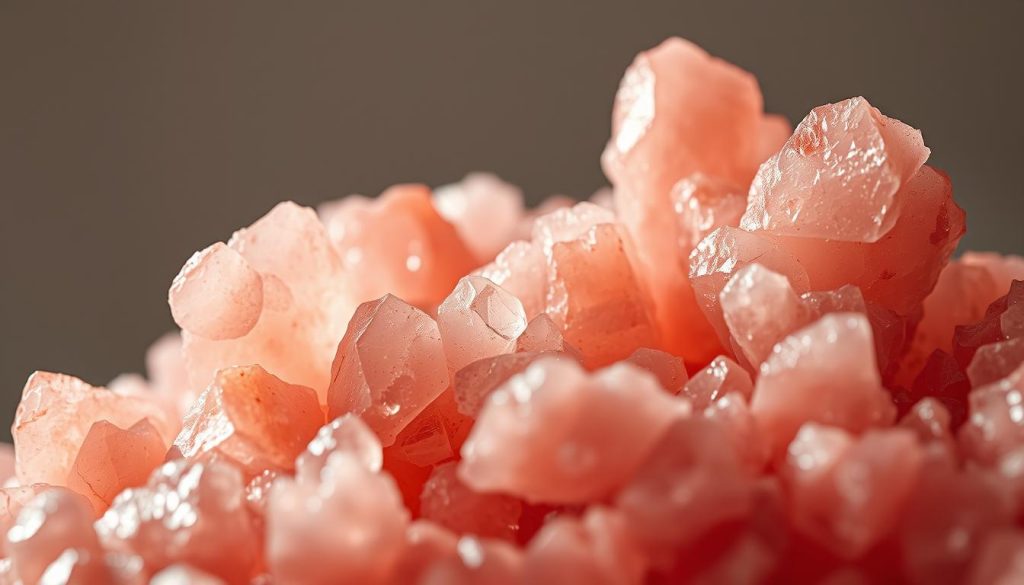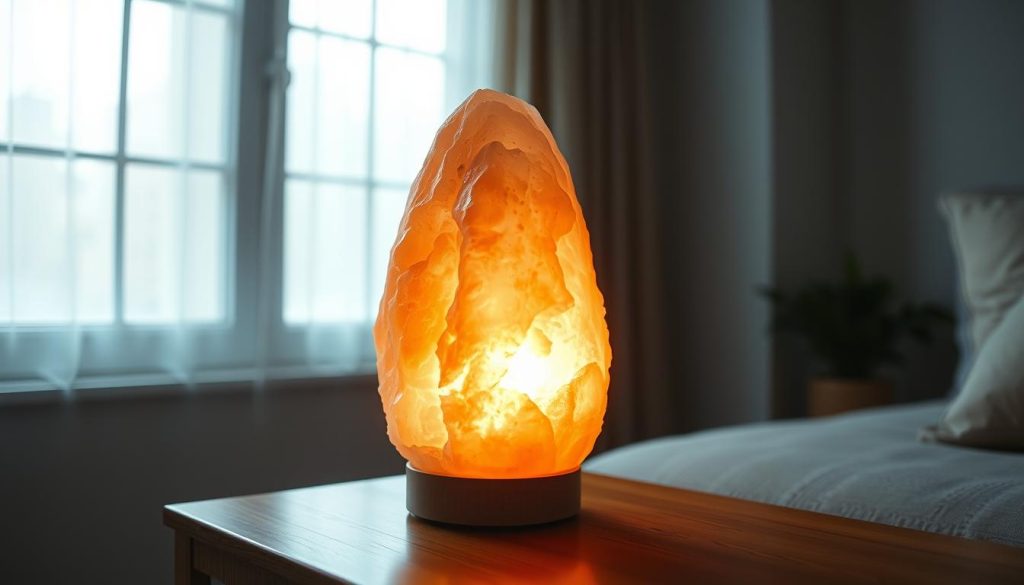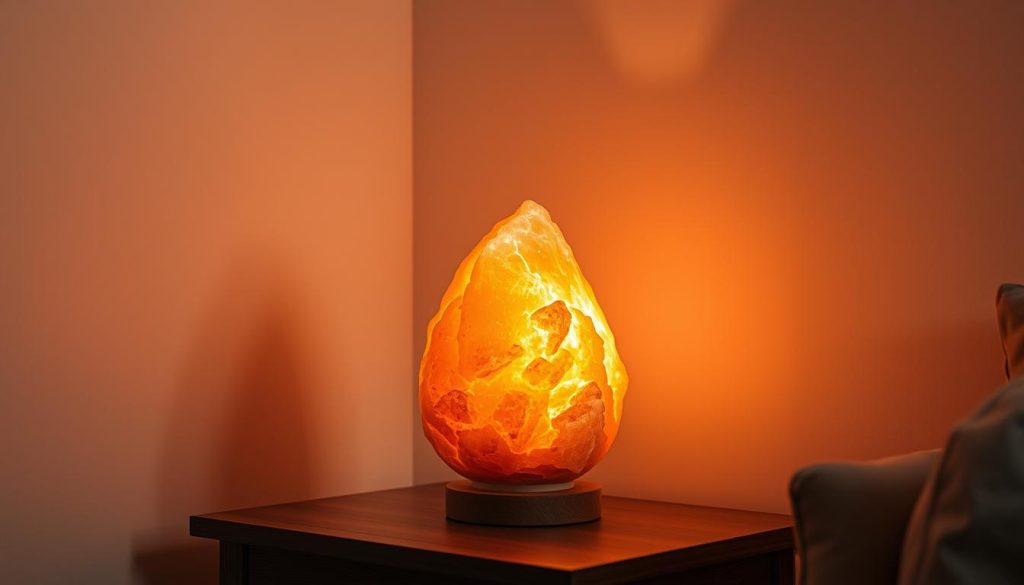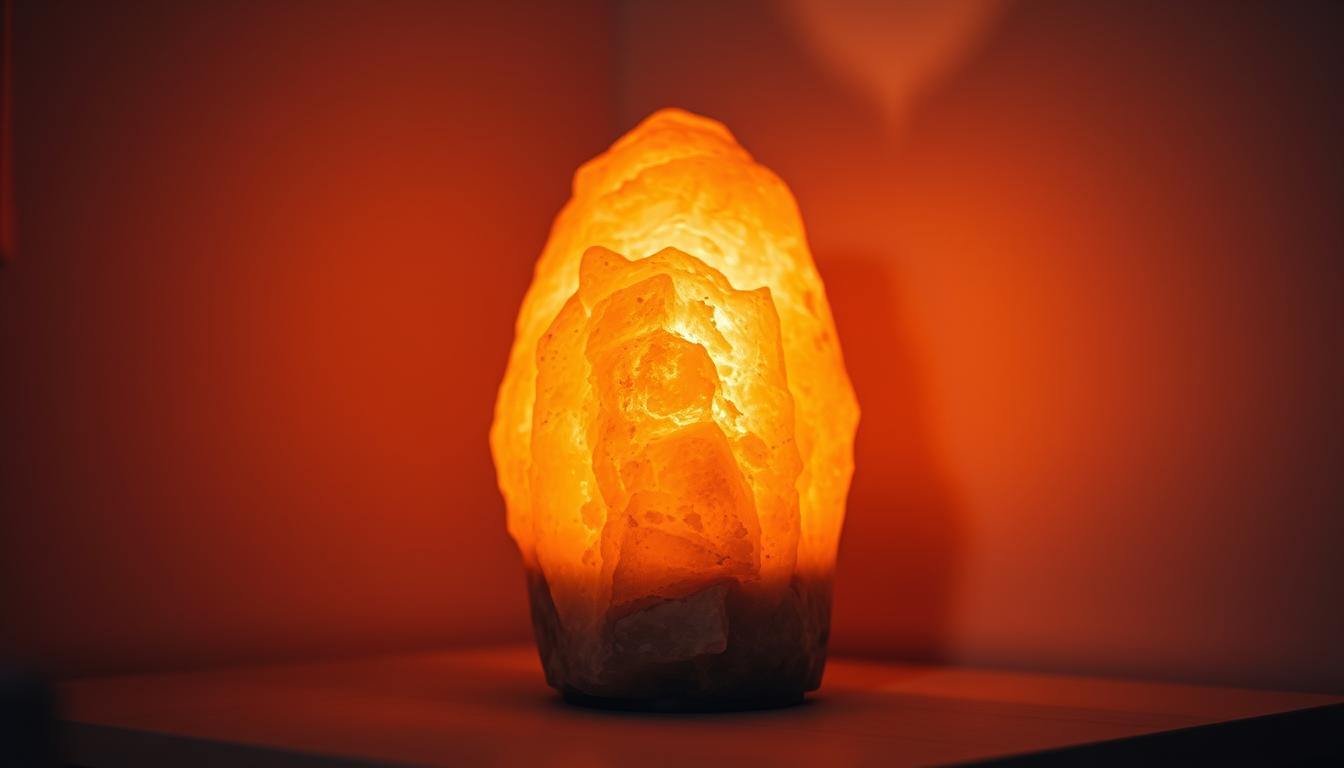Himalayan salt lamps have gained immense popularity in recent years, not only for their unique aesthetic appeal but also for their alleged health benefits. These striking lamps, carved from pink Himalayan salt crystals, are said to release negative ions into the air, potentially offering a range of advantages for both physical and mental well-being.
Proponents of Himalayan salt lamps claim that the negative ions generated can help purify the air, alleviate allergies, boost mood, and promote better sleep. However, amidst the growing trend of incorporating these lamps into homes and offices, the question arises: do Himalayan salt lamps actually produce negative ions, and if so, to what extent?
In this article, we’ll delve into the science behind negative ions, explore the composition and origins of Himalayan salt lamps, and examine the available evidence regarding their ability to generate these beneficial ions. By understanding the factors that influence negative ion production in salt lamps, you’ll be better equipped to make an informed decision about whether these captivating luminaries are a worthwhile addition to your space.
What Are Himalayan Salt Lamps?
Himalayan salt lamps have gained popularity in recent years for their unique appearance and purported health benefits. These captivating lamps are crafted from mineral-rich pink salt crystals sourced from the ancient salt mines in the Himalayan mountains. The striking pink hue of the salt is a result of the presence of trace minerals, including iron, magnesium, and calcium.
The process of creating a Himalayan salt lamp involves carefully extracting large blocks of salt from the mines and then skillfully shaping them into various sizes and designs. A hollow center is carved out to accommodate a light bulb or heat source, which illuminates the lamp from within, casting a warm and soothing glow.
Origin and Composition of Himalayan Salt Lamps
The salt used in Himalayan salt lamps is believed to have formed millions of years ago in the Himalayan region, where ancient oceans once covered the land. As the oceans evaporated, they left behind vast salt deposits that were eventually buried deep beneath the earth’s surface. Over time, tectonic shifts and geological changes pushed these salt deposits upward, forming the majestic Himalayan mountains.

The pink Himalayan salt is hand-mined from these ancient salt caves, ensuring that the lamps retain their natural composition and purity. The salt crystals are unrefined and unprocessed, preserving the inherent blend of minerals that give them their distinct color and properties.
Unique Aesthetic Appeal of Salt Lamps
Beyond their intriguing origin, Himalayan salt lamps are cherished for their remarkable aesthetic qualities. When illuminated, the salt crystals emit a soft, warm glow that creates a calming ambiance in any space. The organic shape and texture of each lamp is entirely unique, as the salt is hand-carved and polished to showcase its natural beauty.
The mesmerizing play of light through the translucent salt crystals adds a touch of enchantment to any room, whether used as a decorative accent or a soothing nightlight. The gentle illumination of a Himalayan salt lamp can transform the atmosphere, promoting relaxation and a sense of well-being.
Claimed Benefits of Himalayan Salt Lamps
Himalayan salt lamps have gained popularity not only for their unique appearance but also for their purported health and mood-enhancing benefits. While scientific evidence is limited, proponents of these lamps claim they can improve various aspects of well-being.
Purported Health Benefits
One of the most common claims about Himalayan salt lamps is their ability to purify the air. Advocates believe that the lamps can attract and absorb pollutants, allergens, and other airborne particles, potentially improving respiratory health and reducing allergies. Some even suggest that the air purification properties of salt lamps can help alleviate symptoms of asthma and other respiratory conditions.

However, it is important to note that the effectiveness of salt lamps as air purifiers is debatable. While they may have a minor impact on air quality, they are unlikely to significantly reduce pollutants in a room, especially compared to dedicated air purification devices.
Alleged Mood-Enhancing Properties
In addition to their claimed health benefits, Himalayan salt lamps are often touted for their potential to promote relaxation and reduce stress. The soft, warm glow emitted by these lamps is believed to create a calming atmosphere, which may help to soothe the mind and body.
Some proponents even suggest that the alleged negative ions released by salt lamps can positively impact mood and energy levels. Here’s a comparison of the purported effects of Himalayan salt lamps on mood:
| Mood State | Claimed Effect of Salt Lamps |
|---|---|
| Stress and anxiety | May promote relaxation and reduce stress levels |
| Fatigue and low energy | Believed to boost mood and increase energy |
| Insomnia and sleep disturbances | May create a calming environment conducive to better sleep |
While anecdotal evidence supports these mood-enhancing claims, more research is needed to scientifically validate the effects of Himalayan salt lamps on emotional well-being.
The Science Behind Negative Ions
Negative ions have gained attention in recent years for their potential health benefits. But what exactly are negative ions, and how do they impact our well-being? Let’s dive into the science behind these fascinating particles.
What Are Negative Ions?
Negative ions are oxygen atoms that have gained an extra electron, giving them a negative charge. These ions are naturally abundant in environments with moving water, such as waterfalls, beaches, and forests. When negative ions are inhaled, they are believed to produce biochemical reactions that increase levels of serotonin, a mood-enhancing chemical in the brain.

Natural Sources of Negative Ions
Negative ions are most commonly found in natural settings. Some of the richest sources include:
- Waterfalls and moving water
- Ocean beaches and sea spray
- Forests and mountains
- After a thunderstorm
The concentration of negative ions in these environments can be up to 10 times higher than in urban areas. This is one reason why spending time in nature is often associated with improved mood and reduced stress levels.
Potential Effects of Negative Ions on Health and Well-being
Research suggests that exposure to negative ions may have several positive effects on health and well-being:
| Benefit | Description |
|---|---|
| Improved Mood | Negative ions may increase serotonin levels, reducing symptoms of depression and seasonal affective disorder. |
| Stress Reduction | Exposure to negative ions has been shown to lower stress hormone levels and promote relaxation. |
| Better Sleep | Negative ions may improve sleep quality by regulating serotonin production, a precursor to melatonin. |
| Enhanced Air Quality | Negative ions attach to airborne pollutants, causing them to fall to the ground and improving indoor air quality. |
While more research is needed to fully understand the mechanisms behind these effects, the potential benefits of negative ions on overall health and well-being are promising.
Do Himalayan Salt Lamps Produce Negative Ions?
The efficacy of Himalayan salt lamps in generating negative ions has been a topic of interest among researchers and consumers alike. While some manufacturers claim that these lamps can produce substantial amounts of negative ions, scientific evidence supporting these claims is limited.
Several studies have investigated the negative ion generation capabilities of salt lamps. A study conducted by the Department of Psychology at the University of Florida found that the amount of negative ions produced by Himalayan salt lamps was negligible compared to natural sources like waterfalls or forests. The researchers concluded that the lamps were unlikely to have a significant impact on indoor air quality or health.
Another study published in the Journal of Environmental Health Sciences and Engineering tested the negative ion output of various salt lamps under controlled conditions. The results showed that while the lamps did produce a small number of negative ions, the levels were far below those found in nature and were unlikely to provide any tangible health benefits.
The table below compares the negative ion concentrations produced by Himalayan salt lamps with those found in natural environments:
| Source | Negative Ion Concentration (ions/cm³) |
|---|---|
| Himalayan Salt Lamp | 100-200 |
| Indoor Air (Average) | 100-500 |
| Waterfall or Forest | 10,000-50,000 |
| Seashore or Mountains | 2,000-5,000 |
Despite the lack of conclusive scientific evidence supporting the negative ion generation capabilities of Himalayan salt lamps, many people still enjoy their unique appearance and the warm, soothing glow they provide. While they may not significantly improve air quality or health, salt lamps can serve as attractive decorative elements in homes and offices.
Factors Influencing Negative Ion Generation in Salt Lamps
While Himalayan salt lamps are believed to generate negative ions, several factors can influence their effectiveness. Understanding these variables can help you maximize the potential benefits of your salt lamp.
Size and Surface Area of the Salt Lamp
The lamp size and surface area play a crucial role in determining the amount of negative ions produced. Larger salt lamps with a greater surface area tend to generate more negative ions compared to smaller lamps. This is because a larger surface area allows for more interaction between the salt and the surrounding air, facilitating the release of negative ions.

Humidity Levels in the Environment
Humidity is another key factor that affects the production of negative ions in salt lamps. Salt is hygroscopic, meaning it attracts moisture from the air. When the humidity levels are higher, the salt lamp absorbs more moisture, which can enhance its ability to generate negative ions. In contrast, in dry environments with low humidity, the salt lamp may produce fewer negative ions.
Proximity to the Salt Lamp
The distance between you and the salt lamp can also influence the concentration of negative ions you experience. The closer you are to the lamp, the higher the density of negative ions in your immediate surroundings. As you move further away from the lamp, the concentration of negative ions may decrease. Therefore, placing your salt lamp in close proximity to where you spend most of your time can help you maximize its potential benefits.
The table below summarizes the factors that can impact the generation of negative ions in Himalayan salt lamps:
| Factor | Impact on Negative Ion Generation |
|---|---|
| Lamp Size | Larger lamps with greater surface area produce more negative ions |
| Humidity | Higher humidity levels enhance negative ion production |
| Distance | Closer proximity to the lamp results in higher negative ion concentration |
By considering these factors and optimizing your salt lamp’s placement and environment, you can create conditions that are more conducive to negative ion generation and potentially reap the associated benefits.
Alternative Ways to Increase Negative Ions in Your Environment
If you’re looking to boost the negative ion levels in your home or office, there are several effective methods beyond using Himalayan salt lamps. One simple way is to incorporate indoor plants into your space. Plants naturally release negative ions through the process of photosynthesis, helping to freshen the air and create a more invigorating atmosphere.
Another option is to use air purifiers equipped with negative ion generators. These devices actively produce negative ions to help clean and revitalize the air you breathe. Essential oils can also contribute to a more refreshing environment when diffused. Certain essential oils, such as pine, eucalyptus, and tea tree, are known for their ability to enhance air quality and promote a sense of well-being.
Improving ventilation in your living or working space is crucial for maintaining healthy negative ion levels. Open windows regularly to allow fresh air to circulate and consider installing a ventilation system to ensure a constant flow of clean air. Lastly, spending time in nature is one of the most effective ways to immerse yourself in an environment rich in negative ions. Take regular walks in parks, forests, or near bodies of water to reap the benefits of nature’s natural ionizers.

